May 13, 2025
Author:Lisa Martinez

Have you ever paused after your dog finished in the yard and wondered, “Why is their stool so dark today?” If you have, you’re not alone. Spotting black poop in dogs can be scary. It often signals that something’s off inside their body. As a pet parent, you know that stool color can tell you a lot about health. When poop turns dark and tarry, it usually means digested blood is present—a sign you shouldn’t ignore.
This article will walk you through what black poop in dogs means, why you need to act fast, and how you can help your pup. By the end, you’ll feel confident spotting warning signs and knowing when to see the vet. Let’s dive into the world of dog digestion and learn how to keep tails wagging and bellies healthy. Also, if you’re curious about ensuring proper hydration, check out this guide on how to keep pets hydrated and healthy every day to adapt some tips for your dog.
When you see black poop in dogs, you’re often looking at melena. Melena is the medical term for tarry, black stools. It happens when blood from the upper gut mixes with digestive juices.
That mix darkens the stool. If you compare this to healthy dog poop, which is usually firm and chocolate-brown, the difference is clear. Learning the normal color and shape helps you spot melena right away. For details on what healthy cat poop looks like, see characteristics of healthy poop, but for dogs, brown logs are what you want.
Black stools can look sticky or tar-like. They may smell stronger than usual. Sometimes they have a coffee-ground texture. This tells you that bleeding happened higher in the gut, like the stomach or small intestine. It’s not the same as bright red blood, which shows bleeding lower down. Bright red is easy to spot. Dark tar is trickier. It blends in with shadows and can hide in grass. Keep an eye out so you don’t miss it.
Before we dig into each cause, let’s talk about how blood ends up in the stool. When your dog has an issue in the upper digestive tract, bleeding can occur. That blood travels through the gut, gets digested, and turns stool dark. Other factors can also paint your dog’s poop black. Read on to learn more.
Blood from the stomach or small intestine is a major cause of black poop in dogs. Conditions like ulcers, tumors, or severe inflammation can damage delicate tissues. When that happens, blood seeps into the gut. NSAIDs, which some vets use for pain, can irritate the stomach lining. Stress, certain infections, or even cancer can trigger ulcers too.
If the bleeding is slow, you might only see black stools. Fast bleeding can cause more severe signs, like vomiting blood. It’s best to treat GI bleeding quickly. Your vet may prescribe antacids or protective meds to heal ulcers and stop the bleeding.
Sometimes, what your dog eats can darken their poop. Raw meat, especially organ meat, has strong pigments. Blueberries, blackberries, and licorice in treats can also stain stool. Another common culprit is supplements.
Iron pills, used to treat anemia, often turn stool black. Activated charcoal, given to treat poisoning, has the same effect. These causes are usually harmless. But once you stop the supplement or food item, the stool should return to normal color. If it doesn’t, talk to your vet.
For more on food choices and pet health, you might explore tips on fresh vs. processed food and adapt the idea of healthy meals for dogs.
Certain drugs lead to dark stools. NSAIDs like ibuprofen hurt the stomach lining. Steroids can also irritate tissues. Pepto Bismol, which some dog owners use off-label, contains bismuth. Bismuth causes a harmless dark tint in the stool.
If your dog takes any meds, check the side effects. Always follow your vet’s dosing advice. If you see black poop in dogs after starting a new pill, call your vet. They might switch you to a gentler option.
Explore how automated feeding solutions can help manage medication delivery in pets in this guide to smart pet care hack: combining auto feeders and water fountains.
Parasites like hookworms and whipworms burrow into the gut wall. They can cause tiny bleeds. Viral infections like parvovirus cause severe gut damage. Hemorrhagic gastroenteritis (HGE) is another bacterial issue that leads to bloody, dark stools.
Flea-borne bacteria can also harm the skin and sometimes the gut. Keep your dog on regular deworming and flea control to prevent these issues. If you suspect infection, a stool test can find the culprit fast. Then your vet can give the right antibiotics or parasite meds.
Learn more about parasite control for your pets in this article on fleas on cats.
● Foreign Objects: Sharp items like sticks or bones can scrape the gut lining.
● Toxins: Rat poison causes bleeding disorders. Pets can find poison bait outdoors.
● Cancer: Tumors in the digestive tract may bleed slowly.
● Liver/Kidney Disease: Organ failure can affect how waste is processed, leading to pigment changes.
Regular checkups can catch these risks early. If your dog has unusual symptoms, don’t wait.
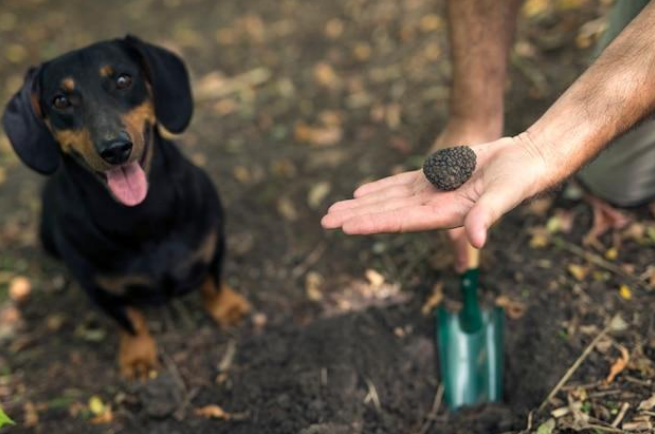
Black stool rarely appears alone. Watch for other signs. These clues help vets narrow down the cause.
Your dog may vomit dark fluid or blood. They might have diarrhea or constipation. You could see mucus in stool. These signs point to gut upset. If you spot black poop in dogs plus vomiting, act fast. Dogs can become weak quickly.
Watch for lethargy, lack of appetite, or weight loss. Your dog might seem in pain when you touch their belly. They could avoid activities they love. These signs show that the body is stressed. Combining these with dark stools means it’s time for a vet visit.
For more on keeping your pet active and happy, read tips on why should you use a timed cat feeder?—some feeding routines help dogs too.
Rapid breathing, collapse, or severe dehydration are red flags. Your dog may pant heavily or not want to stand. These signs need immediate care.
Your vet will run tests to find the exact cause. Early diagnosis helps start treatment fast.
First, the vet examines your dog’s health. They ask about diet, meds, and behavior. They’ll look inside the mouth for bleeding. Then they press gently on the belly to spot pain.
● Fecal Exam: Checks for parasites and blood.
● Blood Tests: Look for anemia, organ health, and clotting issues.
● Imaging: X-rays or ultrasound find blockages or masses.
● Endoscopy: A tiny camera examines the gut lining for ulcers or tumors.
Each test gives clues. Together, they reveal the root cause. That way, your dog gets the right treatment.
Treatment depends on the cause. Your vet will craft a plan to heal your dog and stop the bleeding.
● Ulcers: Use antacids or proton pump inhibitors to protect the stomach.
● Infections: Give antibiotics or antiparasitic drugs as needed.
● Cancer: Surgery, chemo, or palliative care can help manage symptoms.
Each case is unique. Follow your vet’s instructions closely.
Fluid therapy replaces losses from vomiting or diarrhea. Bland diets—like boiled chicken and rice—rest the gut. High-fiber foods can firm up stools. Make gradual diet changes to avoid more upset. If you need diet ideas, we recommend you buy WOpet’s automatic pet feeder.
If a foreign object or tumor is the cause, surgery may be needed. Surgeons remove the item or mass to stop bleeding. Recovery takes time, so expect rest and follow-up visits.
Your vet might stop NSAIDs or switch to safer pain meds. They may add gastroprotectants to shield the gut. Regular checkups ensure treatment works. Keep a log of stool color and symptoms to share with your vet.

Preventing black stool means keeping your dog safe and healthy every day.
Avoid raw meat or human foods with dark pigments. Introduce new foods slowly. Balance treats with a quality dog food.
Annual exams catch problems before they worsen. Routine fecal tests spot parasites early. Bloodwork checks organs and clotting. Prevention is always better than cure.
Deworm regularly. Use monthly flea and tick preventives. Ask your vet for a schedule. Keep your yard clean to cut parasite risks.
Store medications and toxins out of reach. Remove sharp objects from your dog’s area. If your dog loves chewing, give safe toys. Learn more on how to remove hair from the t-shirt for tips on keeping things tidy around curious pups.
Keep track of poop color, shape, and frequency. Note changes in appetite or mood. A quick photo of unusual stool can help your vet. Small notes prevent big problems.
● Persistent black poop in dogs, especially tarry or sticky.
● Vomiting blood, heavy panting, collapse.
● Refusing food or water for over 12 hours.
● One-off dark stool but normal energy and appetite.
● Monitor for 24 hours; if it repeats, call the vet.
Take photos of the stool. Record diet, meds, and behavior changes. Write questions to ask. Clear notes help vets act fast.
For non-emergencies, online vet consults can guide you. Share photos and notes. They can tell you if you need an in-clinic visit.
Black stool in your dog can mean minor diet changes or major health issues. Early action makes all the difference. Watch for tarry, sticky stools and other signs like vomiting or lethargy. Keep a record of your dog’s bathroom habits and see the vet at the first red flag.
With proper care—balanced diet, parasite control, and safe surroundings—you can prevent many causes of black poop in dogs.
Label:
Popular Post

What to Feed a Sick Dog With No Appetite? [2025 Guide]
May 16, 2023
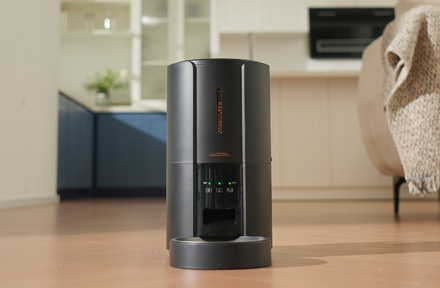
Troubleshooting Common Issues with Automatic Pet Feeders: Tips & Tricks for Pet Owners
Oct 26, 2023
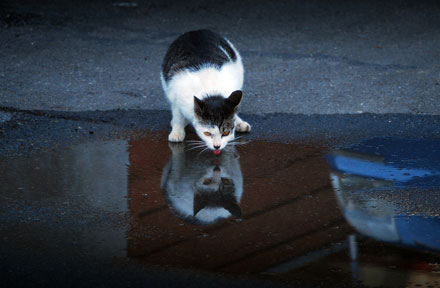
Why Does My Cat Cough After Drinking Water? 8 Potential Reasons
Mar 13, 2023
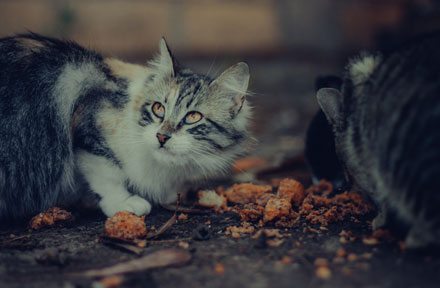
My Cat Only Eats A Little at A Time - What to Do?
Feb 27, 2023
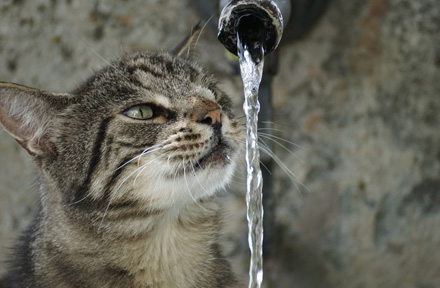
Why is My Cat Throwing up Water? Top 5 Causes Here
Feb 08, 2023
$99.99
$129.99
Copyright © 2025 WOPET. All Rights Reserved.